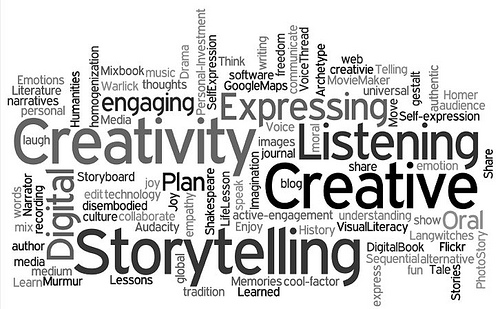EPals is an online site that allows individuals to collaborate and work together globally. My favorite piece of this interactive site is the "1n2Books" portion. Here, students are engaged in ementoring with adult pen pals. Students and adults read a novel and discuss the main points via epals. Students are given the opportunity to read quality literature outside the classroom. They are also provided with the chance to discuss their reading with an interested adult. It seems to me that students will be more likely to react to literature when they do not feel like they are being judged. Inside the classroom, students tend to be so focused on giving the "right" answer, they do not get the chance to become really involved in the literature. I think this is an excellent way to encourage students to become life long readers. They are given the opportunity to see how literature is used in everyday life. Furthermore, students are required to read and respond to literature. They begin to think about their reading as it relates to their lives by making text to text and text to self connections.
As an educator in an inner-city, another great benefit of this program, that is not necessarily educational, would be the exposure to a caring, consistent adult. Too often, children do not benefit from adult influence and providing them with an adult pen pal would certainly benefit them in more ways than one.
In this blog, you will find information and ideas about the internet and ESL classrooms.
Monday, November 21, 2011
Monday, November 14, 2011
Another Digital Story
Animoto is an online video creator that can be used in the classroom in a variety of ways. Online stories can be used for student practice, to make announcements, or to share a classroom experience. I like the idea of using online media to share an event with the class. I think it would be a great way to remember a field trip or special occasion inside the classroom.
Check out the video I created.
America
Check out the video I created.
America
Monday, November 7, 2011
Creating a Predictable Book.
I choose to use Bookr to create a predictable book as an example of how I might use digital storytelling in my classroom. Second language learners are often asked to read books with repetition in order to gain a better understanding of sight words, or those that occur often in a language. I made a simple, predictable story that would be most suitable for young children. They could see this as an example and be encouraged to make a story of their own.
Check it out!
Cats and Dogs by Laura Zielinski
Check it out!
Cats and Dogs by Laura Zielinski
Digital Storytelling
Digital storytelling is an excellent way to expand language use outside of the classroom. According to The Center for Digital Storytelling, digital stories are short, video narratives that include music, images, sounds, and voice. These can be teacher made or student made. For example, an educator can make a digital story as a way to review vocabulary. This way, according to Educational Uses of Digital Storytelling, students are provided with a model to "practice in active learning" outside the classroom. Students can also be the creators of digital stories in order to practice their L2 speaking skills. This type of learning would be especially useful for those students who are visual and auditory learners.
As part of an ESL classroom, digital storytelling could be used in a variety of ways. One example, cited in Educational Uses of Digital Storytelling, describes how digital storytelling could provide review and practice for L2 students. Educators can make a story that revolves around newly introduced grammar or vocabulary and students could be required to practice at home or independently inside the classroom. It is another way for teachers to influence their students' learning, even if they are not directly working together. I also like the idea of having students create their own digital stories. This way, they are not only provided with the opportunity to review grammar and vocabulary, but they are also given the chance to share their own unique short stories and practice speaking in their target language.


Subscribe to:
Posts (Atom)